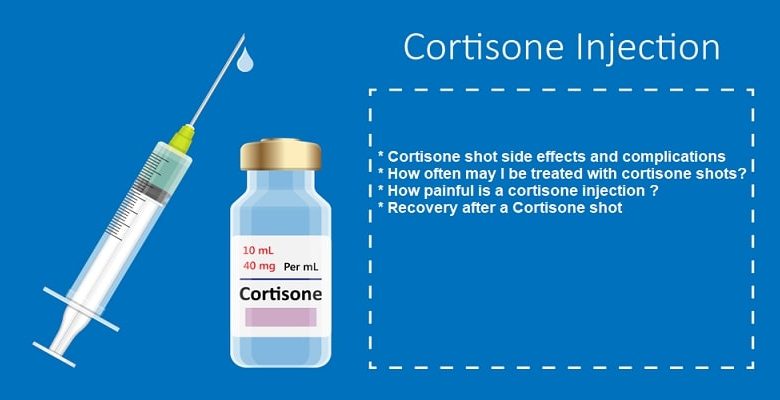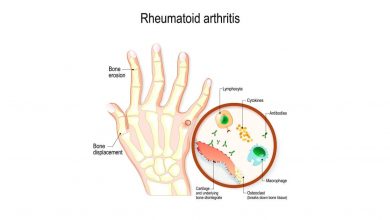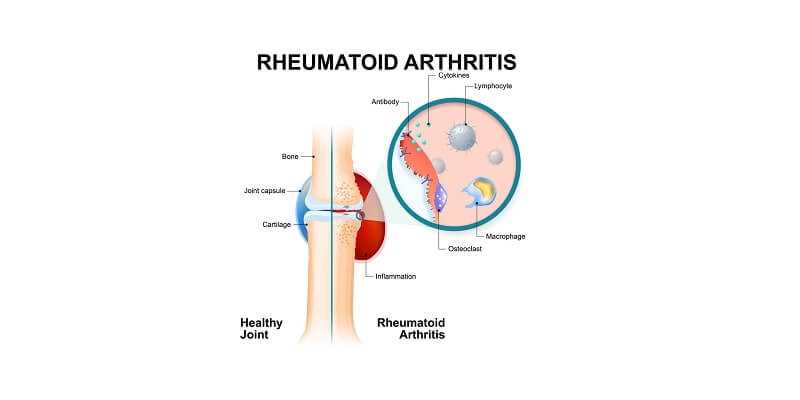Cortisone Shots

A cortisone shot is an injection performed with the attempt of relieving pain caused by inflammation in a specific part of the body. Your joints are the most common part of your body to be given a cortisone injection. Common joints that see injections are the ankle, hip, shoulder, elbow, knee, spine, and wrist. Smaller joints that are found in the hands and feet may also see periodic cortisone shots.
Although joint injections are most commonly referred to as a cortisone shot, what is injected into the joint may vary and could be an all together different medication or a combination of medications. Cortisone injections are most often performed in a doctor’s office, and are typically a mixture of corticosteroid medication and a local anesthetic. Results from cortisone injections will vary from patient to patient depending on multiple factors.
Cortisone shot side effects and complications
- Osteonecrosis (death of a bone near the injection point)
- Infection could develop in the joint
- Nerve Damage
- Possibility of skin thinning around the injection area
- Possible flare of pain and increased inflammation (this is only temporary and may last up to 48 hours)
- Weakening or possible rupture of nearby tendons
- Osteoporosis (bone thinning / weakening near the injection site)
- Possible lightening of the skin pigment around the injection area
How often may I be treated with cortisone shots
There is great debate on what kind of limitations should be applied to cortisone injections. The concerns that are presented suggest that repeated often use of cortisone is suspected to cause further deterioration of the cartilage in a joint. For this reason, most doctors will limit the amount and frequency of cortisone injections. Most people undergoing cortisone injection treatment will receive a shot once every three months per affected joint. Some people who suffer from a more severe form of arthritis may receive one shot once per month.
How painful is a cortisone injection
The pain you feel from your cortisone shot depends on what medication mixture is involved in the injection and if the injection point is already inflamed. Pain is more often felt in smaller more sensitive joints such as the hands or feet, while the larger joints such as the knee and shoulder will only produce a mild or moderate amount of discomfort in the patient.
Recovery after a Cortisone shot
Although after a cortisone injection you may feel some slight pain or stiffness in and around the injection area. This is normal and you can and should go about your day to day routine. After your injection, the doctor may ask you to:
- Not over exert the area of your body where you received your cortisone injection. Basically avoid putting strain on the area of your body where you had the injection. If it was in your shoulder, avoid heavy lifting. If it was in your knee or foot, stay off your feet when possible.
- To relieve pain and discomfort apply ice to the injection point as required.
- For the first forty eight hours after your injection you will be asked to monitor yourself for signs of infection. Signs of infection could be an increase in your pain level, redness or swelling around the injection site that last for longer than forty eight hours.
Cortisone Shot Flare
It is common for a cortisone injection to cause a temporary flare in pain and inflammation. This cortisone shot flare may last up to forty eight hours. When the flare subsides, you should experience a decrease in your pain and notice less inflammation around the point of injection. If you have any concerns, do not hesitate to contact your doctor.





